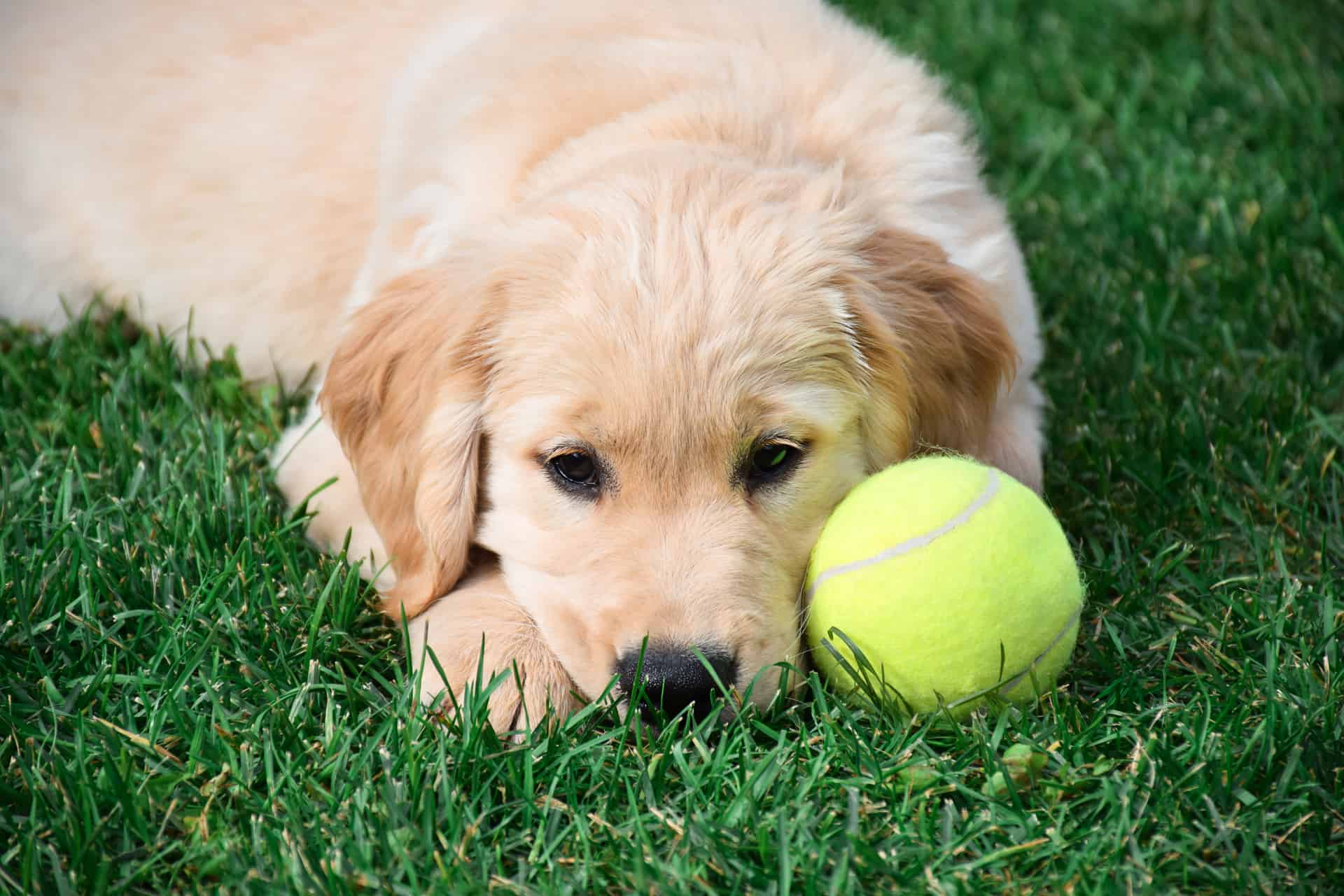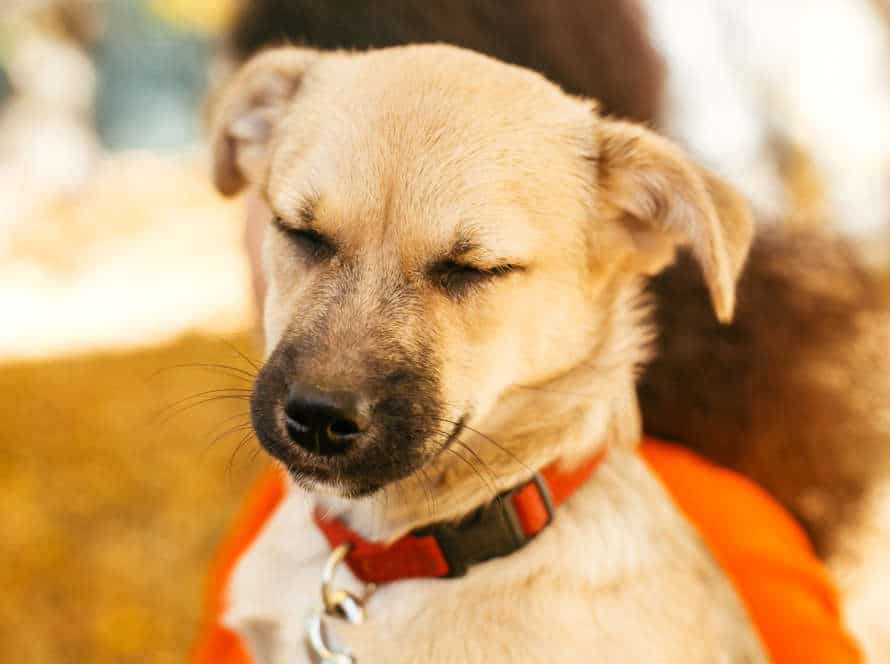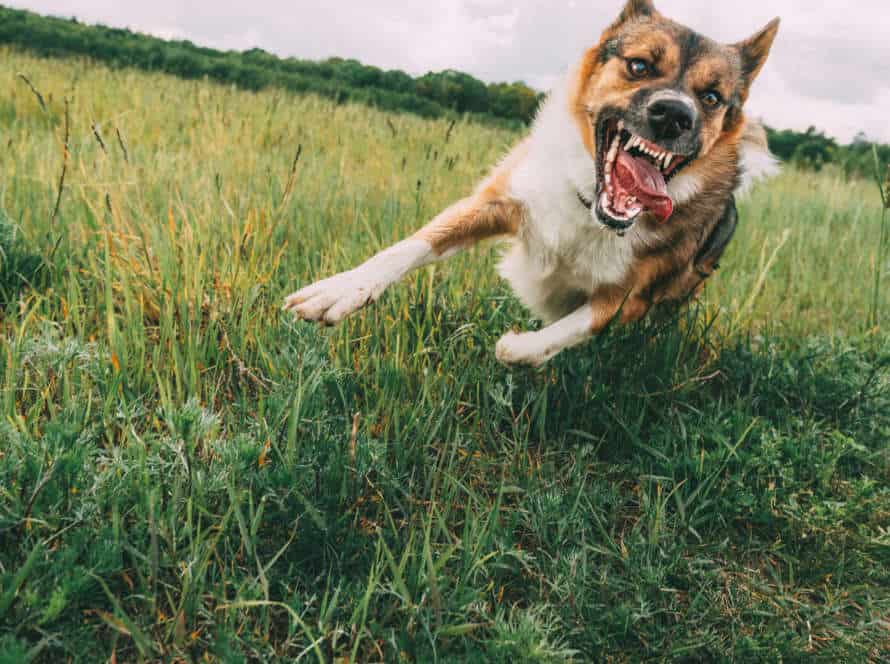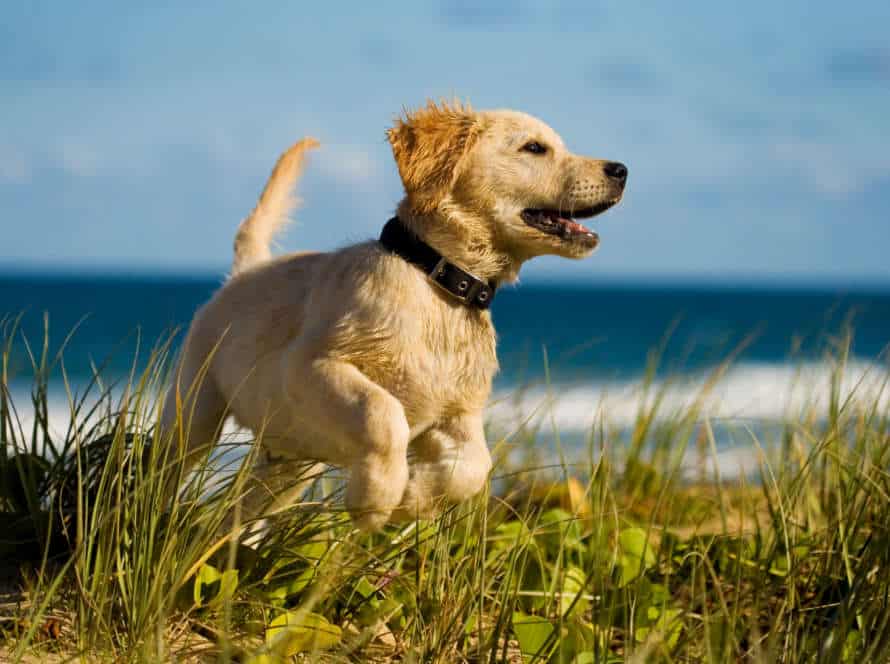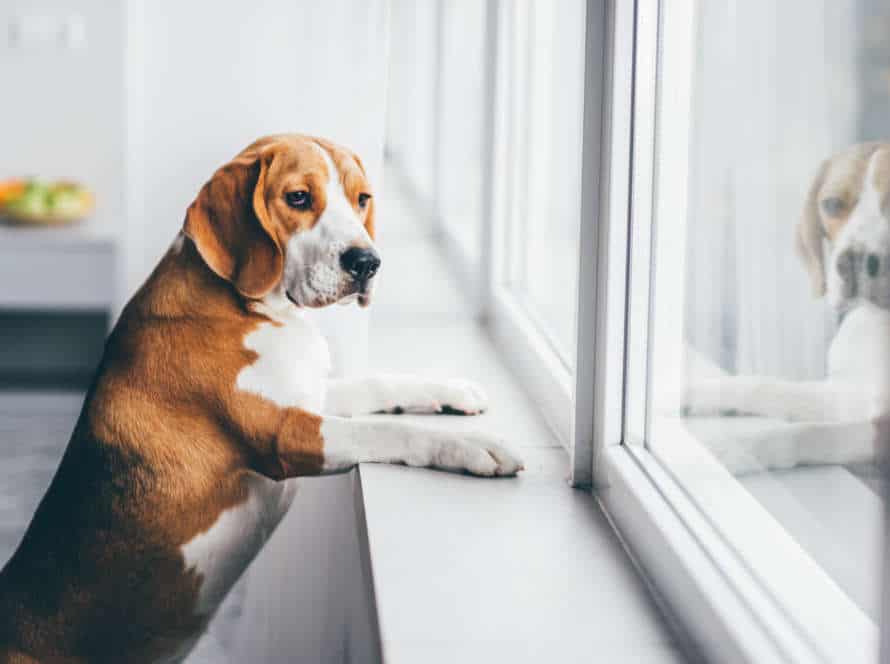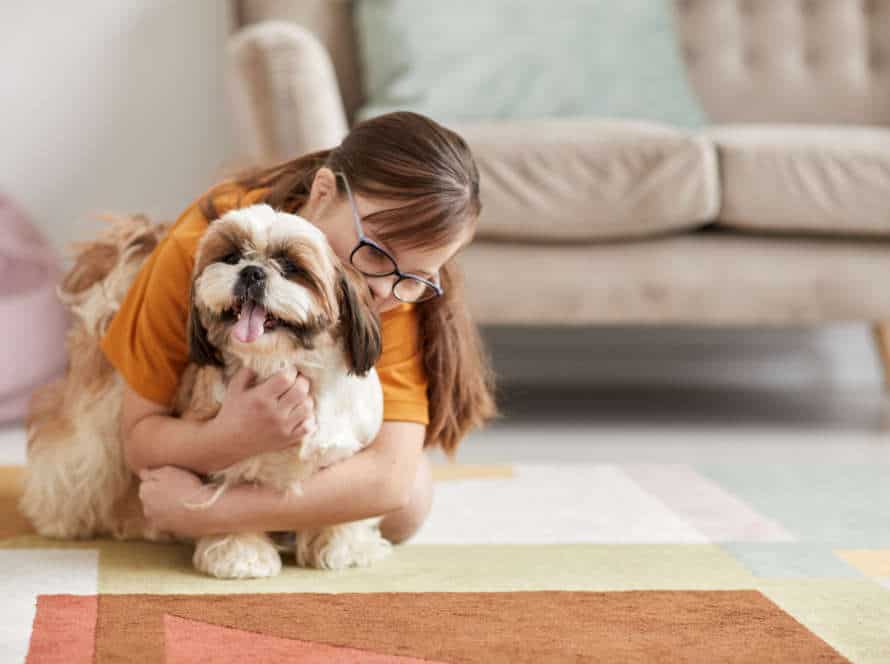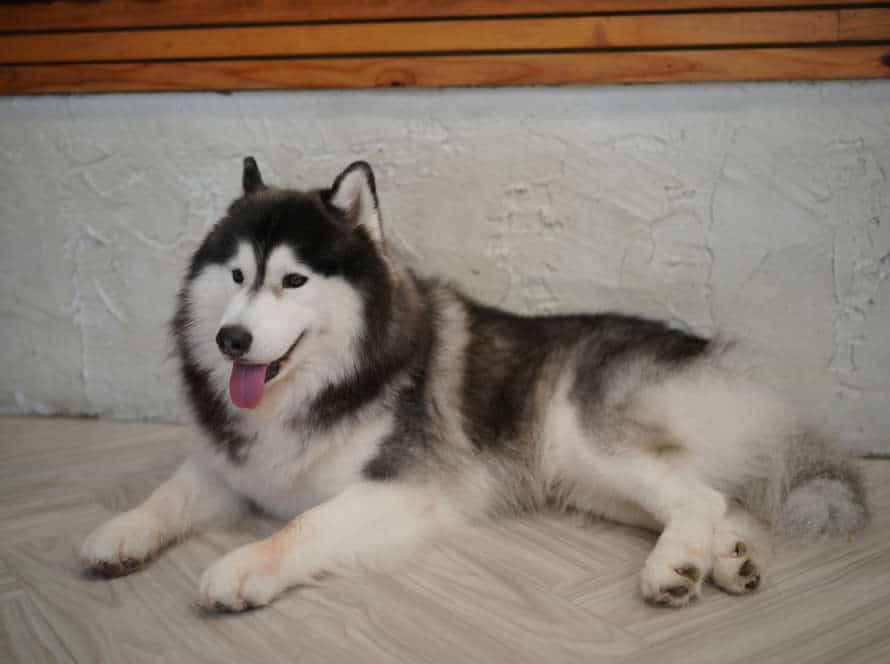Preventing Separation Anxiety in Your New Puppy
Bringing home a pup can be exciting! Yet, it is essential to take steps to stop separation anxiety in your new furry buddy. Here are some tips for it:
- Little by little Separation: Don’t leave your pup alone for long periods of time to start with. Start off with small periods of being away and steadily increase it.
- Desensitization: Come and go without any fanfare. This helps make your pup used to being apart, reducing their anxiety.
- Playtime and Exercise: Spend time playing with your pup and give them lots of activities. This can help release their energy and lessen anxiety.
- Crate Training: Crate training can give a comfy and safe environment for your pup when you’re away, decreasing anxiety.
- Socialization: Help your pup build strong relationships with other dogs and people. This can reduce anxiety and stop dependence on one person.
By doing these things, you can stop separation anxiety in your pup and create a strong and healthy relationship between you and your furry pal.
Understanding Separation Anxiety in Puppies
Puppy separation anxiety can be tough to manage. To prevent it, we need to understand why it happens. Generally, it is caused by boredom or a lack of socialization. Knowing the reasons makes it easier to tackle this problem.
What is Separation Anxiety
Separation anxiety is a behavioral condition that happens when puppies panic and become distressed at being separated from their owners or other important people. This can lead to disruptive or destructive behaviors.
Symptoms of separation anxiety in puppies include:
- Excessive crying, barking, or howling
- Chewing furniture or objects
- Not eating or overeating
- Trying to escape the crate or room
Here are some tips to stop separation anxiety in puppies:
- Gradually train: Start with brief separations and increase the time apart over time.
- Make it safe: Make your puppy’s space comfortable and safe, with toys for entertainment.
- Use positive reinforcement: Use positive reinforcement techniques during training to keep your puppy calm and relaxed.
Separation anxiety is treatable, and if you intervene early, it can make a big difference.
Common Symptoms of Separation Anxiety in Puppies
Separation anxiety can be a common problem for young puppies and their owners. Knowing the signs can help you prevent and address it.
Signs of separation anxiety:
- Excessive barking or whining when left alone.
- Chewing and scratching furniture or belongings.
- Refusing to eat or drink when left alone.
- Urinating or defecating inside the house, even when housebroken.
- Following you room to room.
To prevent anxiety in puppies, leave them alone for short periods and gradually increase the duration. Provide toys and stimulation to keep them occupied. Consider crate training, but do it properly to avoid worsening their anxiety.
Why Separation Anxiety needs to be addressed
Separation anxiety is a common condition in puppies and adult dogs. Symptoms can include barking, whining, destructiveness, or house soiling when the pup is left alone. It’s really important to address this anxiety. Otherwise, it can lead to worse behavioral issues and even affect your pup’s quality of life.
Training and conditioning your pup can help them be calm and comfortable when you’re not around. This makes it easier for them to learn new behaviors and socialize with others. Plus, it can stop their eating habits from being impacted.
Remember to be patient with your pup while they’re learning. Rewarding good behavior is key. With care and attention, you can easily manage and control their separation anxiety.
Tips for Preventing Separation Anxiety in Puppies
Separation anxiety in puppies is real! Attention is needed if you want your pup to be a happy and healthy adult. When they’re left alone, they can get anxious and do damage or hurt themselves. Fortunately, there are ways to prevent this. Here are some tips:
- Spend time with your pup daily.
- Don’t leave them alone for too long.
- Make sure they have plenty of toys and chew items.
- Give them lots of positive reinforcement when they’re calm.
- Make sure they have their own space.
Start Training Early
Separation anxiety can be a challenge for new puppy owners. But, training can help. To prevent anxiety, you should start training early. Here are some tips:
- Introduce pup to being alone. Start with a few minutes and increase as they become comfortable.
- Set a schedule for meals, walks and playtime. This helps them feel secure.
- Use positive reinforcement with treats and praise when they stay calm.
- If severe anxiety persists, seek help from a professional.
Patience and consistency can change behavior. Your pup can learn to be by themselves.
Gradually increase alone time
Introducing “alone time” bit by bit is a major part of avoiding separation anxiety in puppies. Here are some ideas to slowly increase alone time with your pup:
- Start with small periods of being apart, beginning with a few minutes and slowly increasing.
- Give your pup a pleasant and secure place such as a crate or a special room.
- Leave a treat or toy with your puppy while you’re away to keep them busy.
- Don’t make a big deal when leaving or coming back – stay cool and consistent.
By gradually introducing alone time and providing a safe and cozy place for your pup, you can help prevent separation anxiety and ensure a content and healthy puppy.
Keep Departures and Returns Low-Key
To prevent puppy separation anxiety, keep departures and returns low-key. Puppies are social and can become stressed when left alone or about to be left alone. Don’t make a big scene when leaving or coming home. Give your pup a treat or toy when you’re about to go. Practice leaving them alone for short times and gradually increase the time. Following these tips can create a happy home for you and your furry best friend.
Create a Safe and Comfortable Space
To prevent separation anxiety in puppies, creating a safe and cozy space is vital. Here are some tips to help:
- Crate train your pup. Start by introducing them to a crate. Gradually increase the amount of time they spend in the crate and use positive reinforcement.
- Set up a routine. Put a plan in place for feeding and exercise times. This will help your puppy know when you are coming back.
- Desensitize your pup. Get them used to short periods of separation by leaving them alone briefly first and then increasing the time.
- Provide distractions. Provide toys or treats to keep them occupied while you are gone.
By making a secure space for your puppy and having a predictable routine and positive associations with being away, you can prevent separation anxiety!
Use Positive Reinforcement Training
Positive reinforcement training is a great way to stop separation anxiety in puppies. This involves rewarding good behavior, not punishing bad behavior. Here’s what to do:
- Start by teaching your pup easy commands like “sit,” “stay,” and “come.” Give them a treat or praise for obeying.
- Once they know these basics, practice leaving them alone for a few minutes. Increase the time apart gradually, and reward your pup if they stay calm.
- Keep them occupied with toys and puzzles when you’re gone.
- Don’t make a big deal of coming and going; this can cause anxiety.
- Be patient and consistent with training. With practice, your puppy will understand that being alone is alright.
How to Handle Separation Anxiety if it Develops
Separation anxiety can be a stressful issue for both you and your puppy. It often happens when they’re apart from their owner. This can lead to destructive behaviour, loud barking and other bad habits.
Knowing how to tackle it is key. Here are some potential solutions:
Consulting a Professional
Separation anxiety in puppies is natural, but it’s key to address it quickly. Consulting a pro can help. Firstly, they can work out how serious it is and give a diagnosis. They can also suggest ways to manage it, like setting up a routine, using positive reinforcement and exercise, and giving anxiety medication. Plus, they can show you how to ready your pup for separations in future and how to spot the signs of anxiety. Keep in mind that enlisting a pro early on can have a big impact on preventing long-term doggy behavior problems.
Avoiding Punishment Techniques
It is essential to stay away from punishment approaches when managing separation anxiety in your pup. Yelling, striking, or scolding your dog will only raise their angst and make them less likely to trust you. As an alternative to punishment, use these successful techniques to avert or handle separation anxiety:
- Gradual Separation: Begin with brief periods of separation and steadily increase them to acclimate your pup to being alone.
- Positive Reinforcement: Offer treats or toys to your pup when you leave and when you return, to aid in forming a positive correlation with being alone.
- Create a Safe Space: Establish an area for your pup with their most-liked toys, blankets, and a cushy bed to make them feel secure and laid-back.
- Keep Calm: Remain tranquil and collected when leaving and returning to your dog, so as to not activate their anxiety.
Recall, preventing separation anxiety is much simpler than treating it. Start early by training your pup to be comfortable alone, and set up a healthy routine about separation.
Medications for Extreme Cases
It’s ideal to stop separation anxiety in your pup, but if it manifests, meds are around.
Separation anxiety is difficult to handle and, sometimes, meds are needed.
Common medications for this include:
- Clomipramine: A tricyclic antidepressant used to treat separation anxiety in dogs for a long time. It increases serotonin in the brain, which can help reduce anxiety.
- Fluoxetine: An SSRI that is used to treat anxiety disorders in humans, such as separation anxiety. This can take weeks to start working, so patience and consistency are key.
While meds can be useful in extreme cases, they won’t solve the problem completely.
Dogs need training, exercise, and love from their owners to tackle their anxiety in the long run.
Common Myths about Separation Anxiety in Puppies
Do you have a new pup? Separation anxiety may be a worry. But there are misconceptions out there. Let’s debunk some myths about separation anxiety in puppies. What’s true and what’s false? We’ll find out.
Myth 1: The Dog is Angry
Myth 1: The Dog is Angry – This is false. Dogs may act out in destructive ways, whine, bark, urinate, or try to escape when left alone due to anxiety, not anger. It’s a result of the pup’s distress from being away from their family.
To prevent separation anxiety, puppies need to be taught to be okay with being alone. This can be done by gradually introducing them to it, teaching them to stay calm, giving them toys, and associating being alone with something positive.
Puppies are very social, so they must be trained properly and given attention. With the right guidance, they can learn how to be content without their owners.
Myth 2: The Dog is Trying to Seek Revenge
A popular misconception about puppy separation anxiety is that the pup is mad at their owner for leaving them. However, dogs lack the cognitive ability to feel spite or revenge. Rather, when left alone, canines with separation anxiety often become extremely distressed and act out in destructive ways, including incessant barking or howling.
To avoid separation anxiety in your pup, here are some tips:
- Begin with quick departures and prolong the time gradually.
- Make sure your pup gets plenty of physical and mental exercise.
- Give them a secure, pleasant space when you’re not around.
- Don’t make a big deal of leaving or coming back.
- If you have a hectic schedule, hire a dog walker or pet sitter.
For extra help, consult a professional dog trainer or behaviorist if your pup is showing signs of intense separation anxiety despite your efforts.
Myth 3: Puppies will “Grow out of it”
Myth 3: It’s a common misconception that puppies will “Grow out of it” when it comes to separation anxiety. This condition can be serious and requires attention and training.
Untreated, it can lead to destructive behavior, excessive barking and whining, and even self-injury. The longer you wait, the harder it is to treat.
So, prevention is key. Train your puppy for healthy separation from an early stage. Encourage independence, create a comfy environment, reward positive behavior.
Pro tip – if you think your puppy has separation anxiety, talk to a professional dog trainer or animal behaviorist for help with treatment.
Conclusion
Separation anxiety is common for puppies. Luckily, we can prevent it with the strategies in this article. Give positive reinforcement, socialize, and offer love, patience, and companionship. This way, your puppy will learn to be relaxed when you’re not around. These strategies will make your puppy content and secure in their new home.
Summary of the Importance of Preventing Separation Anxiety in Puppies
Separation anxiety is a common issue in puppies, which can lead to destructive behavior, barking, and other bad habits. To keep your puppy’s well-being and maintain a healthy relationship, it’s important to take steps to prevent it. Here are some tips:
- Begin with short absences and then slowly increase the time away from your pup.
- Provide a comfortable and safe area, like a crate or play area.
- Play and train your pup to build their confidence and independence.
- Don’t over-stimulate your pup before going or returning.
By preventing separation anxiety, you can create a happy and strong bond with your furry friend and avoid damage to your home.
Recap of the Tips for Preventing Separation Anxiety in Puppies
Separation anxiety in puppies is a common issue. It can be stressful for pup and owner. To prevent it, start early with training and reinforcement. Here’s a summary of tips:
- Begin crate training right away. Increase the time in the crate gradually.
- Show your pup it’s alright to be alone. Leave them alone briefly and slowly build up.
- When they behave well, reward with treats, toys, and praise.
- Create a consistent routine for meals, naps, and playtime.
- Make leaving and returning home low-key to avoid over-excitement.
Using these tips can help prevent separation anxiety and foster a positive relationship. Each puppy is unique and may need different techniques or extra help from a trainer or vet.
Frequently Asked Questions
Q: What is separation anxiety in puppies?
A: Separation anxiety in puppies is a condition in which they become anxious, stressed or even panicked when they are left alone in the house or without their owner.
Q: How can I prevent separation anxiety in my new puppy?
A: You can prevent separation anxiety in your new puppy by gradually increasing the time you spend apart from them, using positive reinforcement training, providing enough exercise and mental stimulation, and creating a safe and comfortable environment.
Q: What are some signs that my puppy has separation anxiety?
A: Some signs that your puppy may have separation anxiety include excessive barking or howling, destructive behavior, self-injury, house soiling, and pacing or restlessness when you are about to leave or when you are gone.
Q: Can I leave my puppy alone for a few hours without triggering their separation anxiety?
A: Yes, you can. However, you need to make sure that your puppy is properly trained to be alone, and that they have plenty of things to do to keep them occupied and distracted.
Q: Should I punish my puppy for exhibiting separation anxiety?
A: No, you should not punish your puppy for exhibiting separation anxiety. Instead, you should try to understand the root cause of their anxiety and address it through positive reinforcement training and patience.
Q: When should I seek professional help for my puppy’s separation anxiety?
A: You should seek professional help for your puppy’s separation anxiety if it persists despite your efforts, if it is causing severe distress or danger to your puppy or others, or if it is interfering with your daily life.

